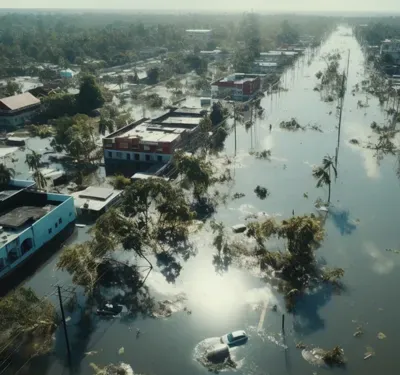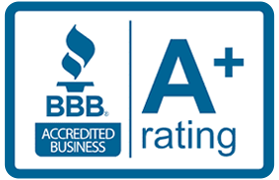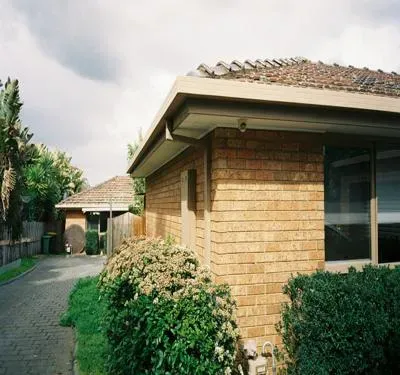How to Identify Fire Damage Beyond the Surface
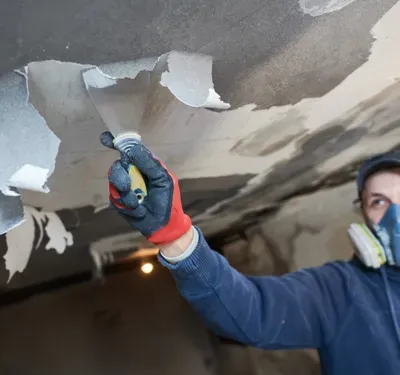
Fire damage often goes deeper than soot and scorched walls. Tampa homeowners should know how to spot hidden issues like structural weakening, lingering smoke odors, and unseen electrical damage. A thorough inspection by professionals is key to ensuring your home is truly safe after a fire.
Why Fire Damage Is More Than What You See
After a house fire, the visible damage grabs your attention: charred walls, blackened ceilings, melted appliances. But what’s beneath the surface is often more dangerous. Fires weaken support beams, compromise wiring, and leave behind smoke residues that seep into materials. Without a full inspection, these hidden issues can remain and cause problems long after the fire is out.
In Tampa, where storms and heat already put homes under stress, understanding how to identify hidden signs of damage and take steps to restore your home after a fire.
Structural Fire Damage: When the Frame Is Compromised
The intense heat from a fire can weaken your home’s framework, even in areas that don’t look burned. Wood studs may be dry and brittle. Steel components can warp from the temperature shift. If these elements are left unchecked, the stability of your home could be at risk.
Look for signs like sagging ceilings, cracked drywall, uneven flooring, or windows and doors that no longer fit their frames. These red flags can suggest deeper structural shifts that need immediate attention.
Smoke and Soot: What You Don’t See Can Hurt You
Smoke travels fast during a fire, reaching rooms far from the source. Its residue—soot—sticks to walls, furniture, and even inside air vents. But it doesn’t stop there. Smoke particles are tiny and can settle into insulation, ductwork, and porous materials like upholstery or drywall.
Lingering odors can cause respiratory irritation and remind families of the trauma. Smoke damage inspection in Tampa homes should include air quality testing and a deep cleaning process to fully remove contaminants.
Electrical Systems: Damage Behind the Walls
Even if your lights turn on, don’t assume your electrical system is fine. Heat can melt wire insulation, causing shorts or sparking hazards later. Outlets, breaker panels, and hidden wiring often need replacement after a fire.
If you smell something burning when you use an outlet or notice flickering lights, get an inspection immediately. A licensed electrician should be part of any fire restoration plan.
Water Damage from Firefighting Efforts
Putting out a fire often requires large volumes of water. That water soaks walls, ceilings, and floors. When left behind, it leads to mold, swelling, and rot—especially in Tampa’s humid environment.
Check for warped floorboards, soft drywall, or musty smells in the days after the fire. Professional water extraction and drying equipment are needed to prevent long-term issues.
HVAC and Ductwork Contamination
HVAC systems can carry smoke particles throughout your home. If the system was running during the fire, smoke and soot may be inside the ductwork. This not only spreads odor—it lowers air quality every time you turn on the heat or AC.
Fire damage restoration teams often recommend replacing filters, cleaning vents, and inspecting the entire system. In some cases, ducts may need sealing or replacement to restore clean airflow.
The Emotional Impact of Hidden Damage
The uncertainty of what’s behind the walls can cause stress and delay healing. Ensuring safety after a fire is about the emotional health of your household too. That’s why a clear inspection and full restoration plan are important not just physically, but emotionally too.
Knowing your home is truly clean, stable, and safe can help families move forward with confidence.
Why a Professional Inspection Matters
Even experienced homeowners can miss the subtle signs of fire damage. Professional teams know where to look, what to test, and how to repair damage thoroughly. They follow a step-by-step fire restoration process that includes evaluation, cleanup, repair, and prevention to ensure your home is safe and livable again.
They’ll assess smoke spread, inspect structural integrity, test electrical systems, and document all damage for insurance purposes. In Tampa, where heat and humidity can accelerate fire-related issues, this step is essential. Learn more about questions to ask your fire damage restoration company when you’re looking for professional help.
How Tampa Emergency Restoration Pros Can Help
Our team specializes in identifying and repairing hidden fire damage. From air testing and structural assessments to complete fire damage restoration, we help Tampa homeowners recover safely and completely. We also coordinate with your insurance company to simplify the claims process.
Don’t let unseen damage linger. Call Tampa Emergency Restoration Pros today to schedule a full fire damage inspection. We’re your trusted source for Tampa fire damage help, offering support from start to finish.
FAQs About Hidden Fire Damage
Q: Can fire damage affect my home even if the flames didn’t reach every room?
Yes. Smoke and extreme heat can infiltrate ductwork, walls, and ceilings, leaving soot deposits and heat‑related damage far from the origin. Even rooms untouched by flames may require cleaning and inspection for hidden harm.
Q: What should I do if I still smell smoke weeks after a fire?
Lingering smoke odors usually mean fine soot and smoke particles have settled into carpets, upholstery, walls, or ductwork. A professional cleaning service can deep‑clean surfaces and use specialized air‑scrubbing equipment to remove odors at the source.
Q: Is hidden fire damage covered by insurance?
Often it is. Most homeowners policies cover smoke and heat damage even in areas not directly burned, provided you can document the loss. Having professionals assess and report hidden damage will strengthen your claim.
Q: Can I check for hidden damage myself?
You can look for visible signs like scorched wiring or discolored walls, but many issues, such as compromised electrical systems or smoke‑soaked insulation, require specialized tools and expertise. Hiring a restoration professional ensures a thorough inspection and prevents overlooked risks.
Q: How long does fire damage restoration take?
Restoration time varies based on the extent of fire, smoke, and water damage. Simple jobs may finish in a few days, but more complex scenarios involving structural repairs or mold prevention can stretch out over several weeks. Your restoration company will provide a detailed timeline after their initial assessment.
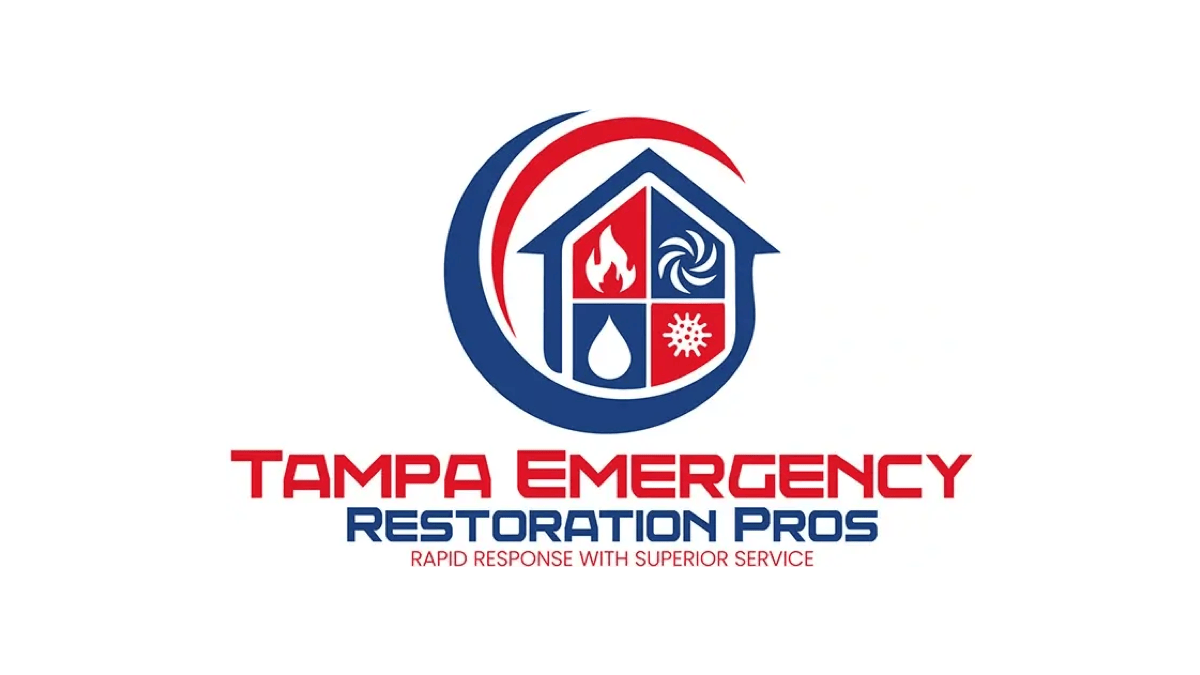
Other Blogs You May Be Interested In
Categories

